QUEERCORE: HOW TO PUNK A REVOLUTION AT LOVELOCKS
A bitterly cold Friday night. The first of February. I was glad to be where I was — snug, warm and safe in Lovelocks Coffee Shop in Old Haymarket. Much more than just a respite from inhospitable climates, Sarah Lovelock and her partner Mark Magill have claimed for themselves a corner of utmost cosiness. My pleasure in their presence was by no means limited to excellent home-made food and hot bevs, but a remarkably warm acceptance for all who darkened their doorstep.
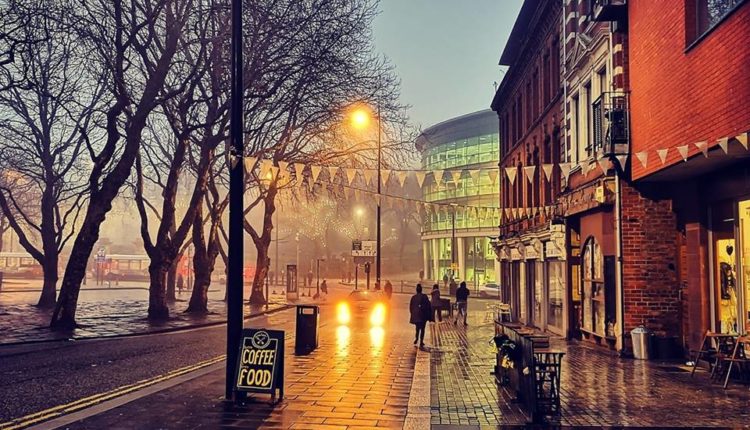
“This place has been a dream for about 15 years” the owner, Sarah Lovelock told me. “I used to design fabrics for cushions and sofas, then broke my leg and got made redundant. I decided to go for it and open this up with crowd funding and savings and….desperation [laughs]….a lot of mate’s rates!”
Lovelocks is an independent eatery and deserving of all the positive connotations that comes with. The effort that Sarah and Mark put into the place and their relationship with their customers and community were clearly present for the screening.
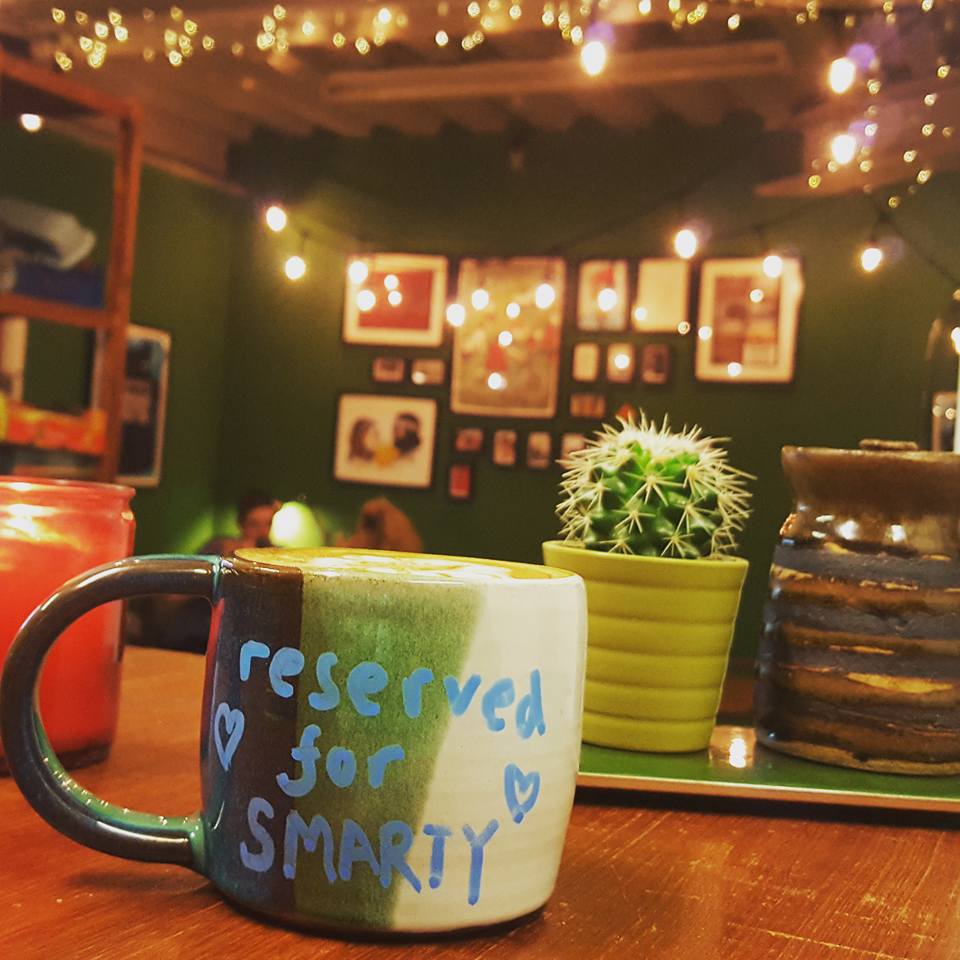
“A lot of people turned up who’d never been before.” Mark said: “We had a couple of regulars but a fair few said they ‘didn’t know where this [Lovelocks Coffee Shop] was, we had to get google maps up’, so it means they’ve seen that this was happening and they’ve put the effort in on a Friday night. I’d seen trailers for the film, saw it doing the rounds and Pansy Division are one of my favourite bands, so I think they might have shared something, so that’s how I found out about it. I watched the trailer and emailed the director. It was that simple!”
The screening was a 2017 documentary titled “Queercore: How to Punk a Revolution” by Yony Leyser. It covers the Queercore movement from its roots in Toronto ‘zines’ to its burgeoning as a formidable presence in the global punk, alternative and queer scenes. The film in question is an exploration of how Queercore sparked a sexual revolution alongside a cultural movement. Homosexuals had an already outlaw status, which made punk a perfect vessel in which to exercise this frustration. Queercore is a movement born of rejection; from the punks, the queers and society on a whole.
One of the most interesting aspects of the movie was in illustrating a divide between the radical queers and the more straight-laced members of the gay community at that time, referred to as ‘assimilists’. It bares a striking resemblance to the divisions seen in any civil-rights movement be that Suffragettes vs Suffragists or between Dr Martin Luther King Jr and Malcolm X. The argument is made in the film that any movement striving for equality somehow requires these two sides. One to radically push the cultural boundaries and the other to formalise the movement.
I’d approached Queercore: How to Punk a Revolution primarily a punk fan. What I walked away with was, however, a much deeper appreciation for that text-book D.I.Y. aesthetic. After all, what is it to be punk? Anti-authoritarian? Right-on? Vocal about the rights of marginalised minorities? Kicking people? These are all fantastic contributions, but until watching Queercore: How to Punk a Revolution, I was only cautiously knowledgeable of the roots of those enlightened evils.
The movie is a concise account of not only the historical progression of Queercore as a movement, but how it was integral to human rights movements of the 80’s and how it was born from a horrific miscarriage of social morality. The film gels talking heads seamlessly with a plethora of stock footage pieced together in the anarchic format of its stylistic forbears.
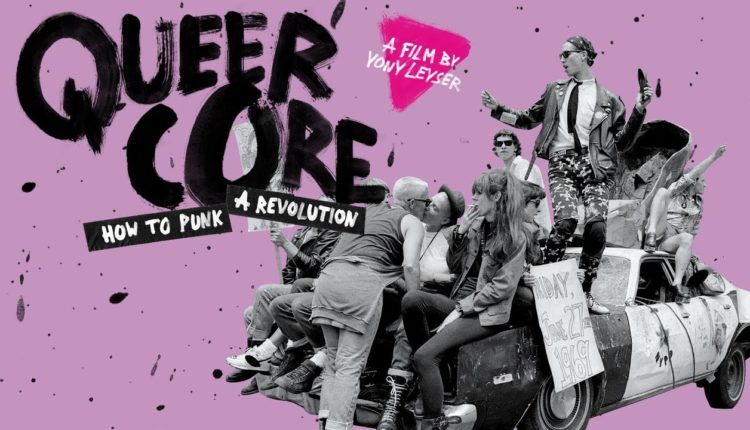
Queercore has evidently had its cultural waves effect some of the better-known names in the ‘D.I.Y.’ department. As a result of the movement, Kurt Cobain has been quoted in saying “I became proud of being gay, although I wasn’t”. In the film Kathleen Hannah said “Punk rock is not a musical genre, but a lifestyle in which one can make their own culture.” And even the baron of bad taste himself; John Waters, made regular appearances throughout the documentary to talk about how his work and that of Queercore were essentially one and the same.
It would be remiss of me to think that I took from this (an incredible document of a terrible yet inspiring period of history) a full appreciation of the turmoil that bore this movement, nor the horrific injustices faced by the queer community today. What the film achieved though was that it excelled remarkably in shining a light on the great work done by those parts of a movement who might otherwise be relegated to the interests of genre enthusiasts and historians alike.
“Somebody left today” Sarah told me “and said the film really spoke to them, that it gave them confirmation of, maybe, who they were. There’re so many subcultures in the world and I think people are always looking for that? I love anything that’s based around subcultures. I loved this because it touched on feminism, which I’m very interested in being you know, a human! [Laughs] We do quite a lot with the ‘queer collective’ and we’ve done some stuff on ‘queer friendly’. It’s not something I’ve consciously tried to do but I really love that it has become this queer friendly space!”
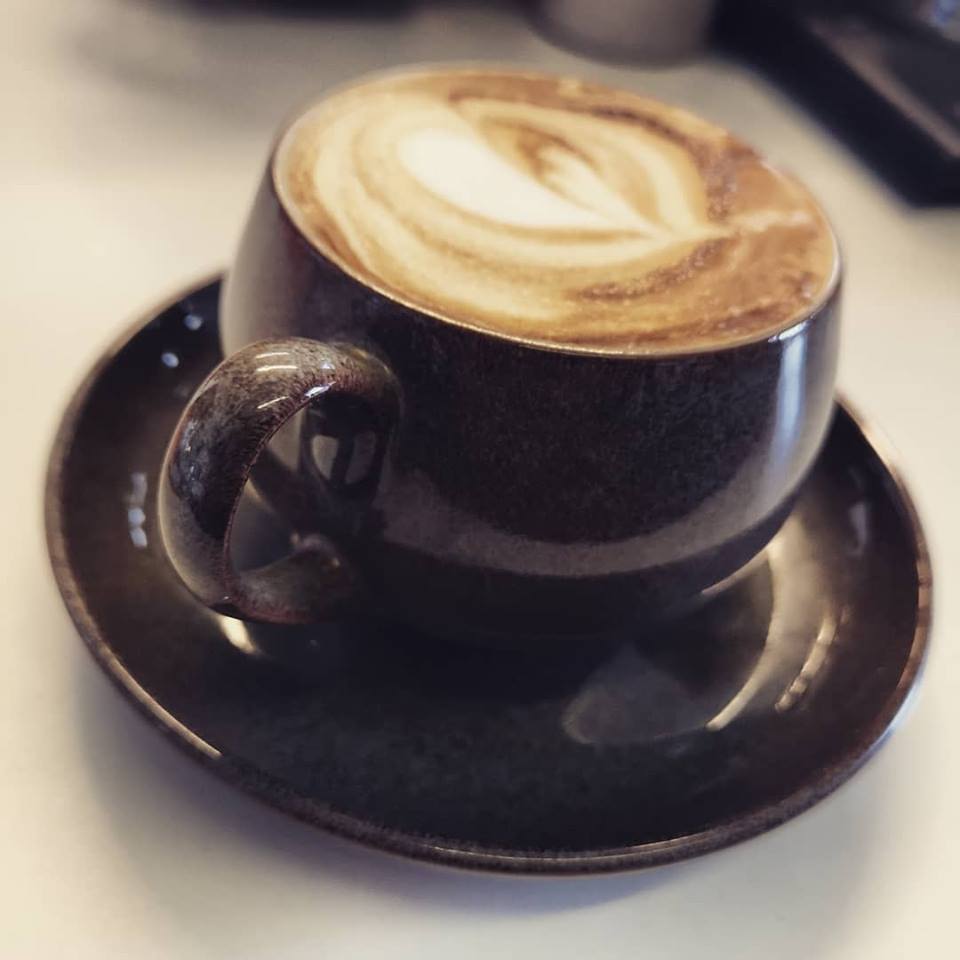
I spoke to Sarah and Mark a little about our shared passion for punk music, my love of horror and how we shared an appreciation for that homemade approach to culture. “In some ways” Mark told me “it’s easier now. If you’re in to something that you can connect with there’s always somebody maybe, they’re six thousand miles away, or if there’s 25 people in the area who’ve got broad interests, then you can always get together.”
“It’s the same with an independent coffee shop” Sarah continued “the reason they usually are smaller and not as rich as the big guys is because it does only speak to a certain group of people that aren’t the mainstream.”
Ever since my first dalliances with the D.I.Y. screenings at Liverpool Horror Club events, I’ve found myself enthralled in alternative cinema going experiences. Queercore: How to Punk a Revolution and the accommodation of Lovelocks Coffee Shop ticked every box for me. The alternative speaks to me as something universally accepting of one another. That has been my insight of communities independent of the mainstream, whatever the mainstream might prove to be. I would argue that those on the peripheries of society often path the way for progressive thinking, no matter what medium they might use to do so.
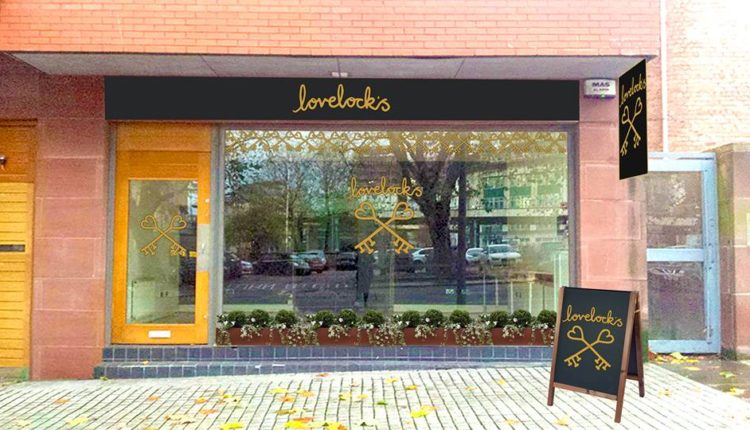
“We’ve got nothing planned at the minute” said Mark “but we’re definitely gonna do more stuff in the future. It’s just a matter of finding out what people wanna see?”
“Often we just keep putting things on that we’re interested in” added Sarah “and if people want to come that’s sound!” So definitely keep your eyes peeled for anything that might crop up in the future. I can vouch for the warmth of Sarah, Mark and Lovelocks Coffee Shop, but you might be best off finding that out for yourself.
Check out the Lovelocks Coffee Shop WEBSITE
Check out Lovelocks Coffee Shop on FACEBOOK

